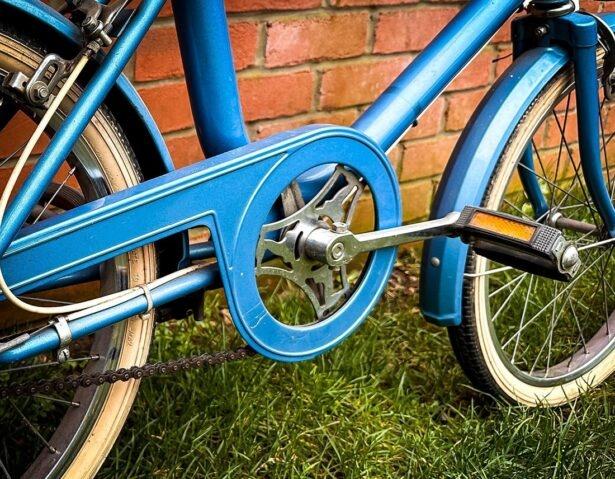One of the best things about bikes is that you can customize them completely to how you want. You might want to use carbon wheels if you want to go faster.
For better handling, you could use performance tires. For more comfort, a better saddle. Changing the pedals is one of the best upgrades you can make to improve your bike.
You can gain power transfer by going clipless or improve off-road handling using a grippy wide flat pedal. We often get asked if you should be concerned about pedal thread size when changing them.
This article will tell you everything you need to know about pedal threads.
What Is Pedal Thread Size?
When people speak about thread sizing, it refers to the size of the run of threads on the rear of the pedal spindle. Although people typically assume they are all the same, there are actually different sizes and standards.
This means not all pedals will fit all bikes, and you might have to do some research. If you’re looking at certain bikes, such as old classic bikes, then there’s a strong possibility you will come across different pedal standards.
Does Pedal Thread Size Matter?
Pedal thread size really matters, and you can cause yourself some awful problems if you don’t get it right. Here’s why you need the correct pedal thread:
Damage your Pedals and Cranks
If you try to put together pedal and crank threads that don’t match, then it’s going to get messy. Trying to screw these together isn’t a good idea, and it will strip the threads of either the pedals or the cranks. Even worse, it might destroy both.
Get Stuck
If you do manage to get mismatching threads together, then there’s a strong possibility that they will never come apart again. In this case, you must completely replace the pedals and the cranks, which could be very costly.
It’s Dangerous
If you bring together two incorrect threads, then you will be stripping away the grip for the pedal to stay in. This could cause the pedal to eventually just come away altogether, and that’s the last thing you want when riding your bike.
Why haven’t you heard about different pedal thread sizes?
You might find yourself quite surprised now that you might not have heard about pedal thread sizes and questioned if your bikes’ pedals are incorrect. Well, you don’t need to worry because there are really only three types you need to know about, and two are barely ever seen.
What are the different pedal threads?
9/16” x 20 tpi (14.28 x 1.27 mm)
9/16” x 20 TPI is by far the most common type you will find when it comes to buying pedals. It’s the industry standard now, and every bike pedal manufacturer tends to design around this.
They use this for flat pedals, road bike pedals, mountain bike pedals, and many other types.
½” x 20 tpi (12.7 x 1.27 mm)
½” x 20 TPI is a size you probably see daily but don’t realize it. This is what is used on kids’ bikes, cruisers, and BMXs.
Typically if you have a bike like any of these, we recommend being cautious when it comes to changing pedals.
0.55” x 20.32 tpi (14 x 1.25 mm)
0.55” x 20.32 TPI is an old classic french pedal size. It’s very rare to see this unless you have a lot of classic french bikes around you.
How To Measure Pedal Threads?
To the eye, it’s very challenging to see what pedal thread you might have. Here’s how to find what pedal thread you have:
Look For Marking
The easiest way to find your pedal thread is to look for it written down. On some pedals and cranks, you will find it will have the measurement on, and if so, you know what you have.
Use a Thread Gauge
You can use a thread gauge if you haven’t got any markings. Coming in around $xx from Amazon.
With this, you can put this on the threads, and if it slots in, you know what size it is.
A Final Note
When it comes to pedals, many cyclists don’t know they come in different threads. Typically there’s very little chance on modern adult bikes, you will come across a rare sizing.
You won’t need to worry unless you have children’s bikes or old french classics. We hope you enjoyed our article and now know what to look out for.

Robbie Ferri has spent years working in a bike shop, has worked with industry leading brands on product creation, has been a semi pro athlete, and is a fully qualified strength and conditioning coach. He has broken World Records, bikepacked all over the World and raced ultra distance at a top-level.






